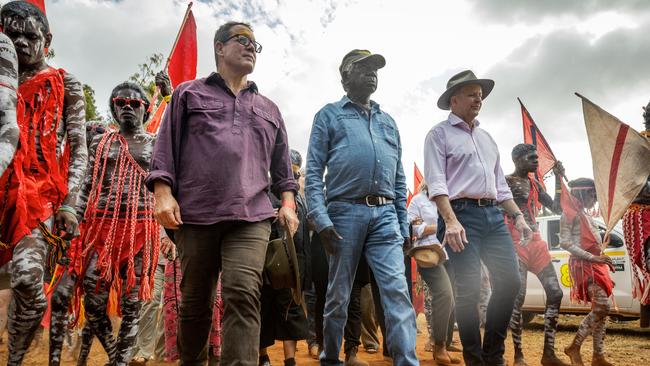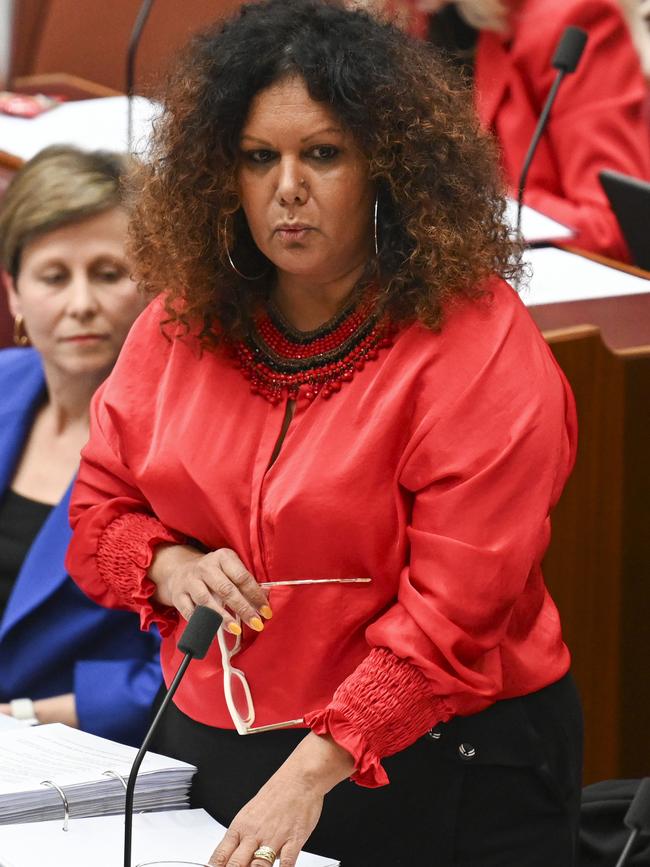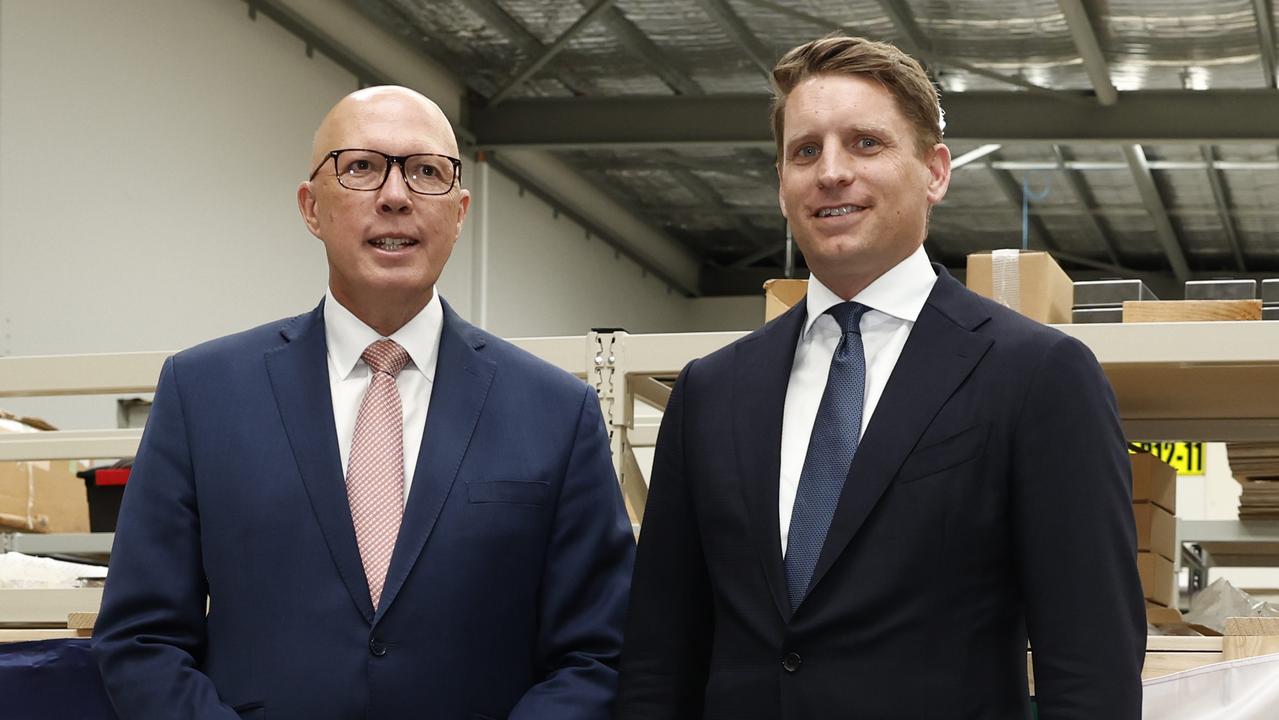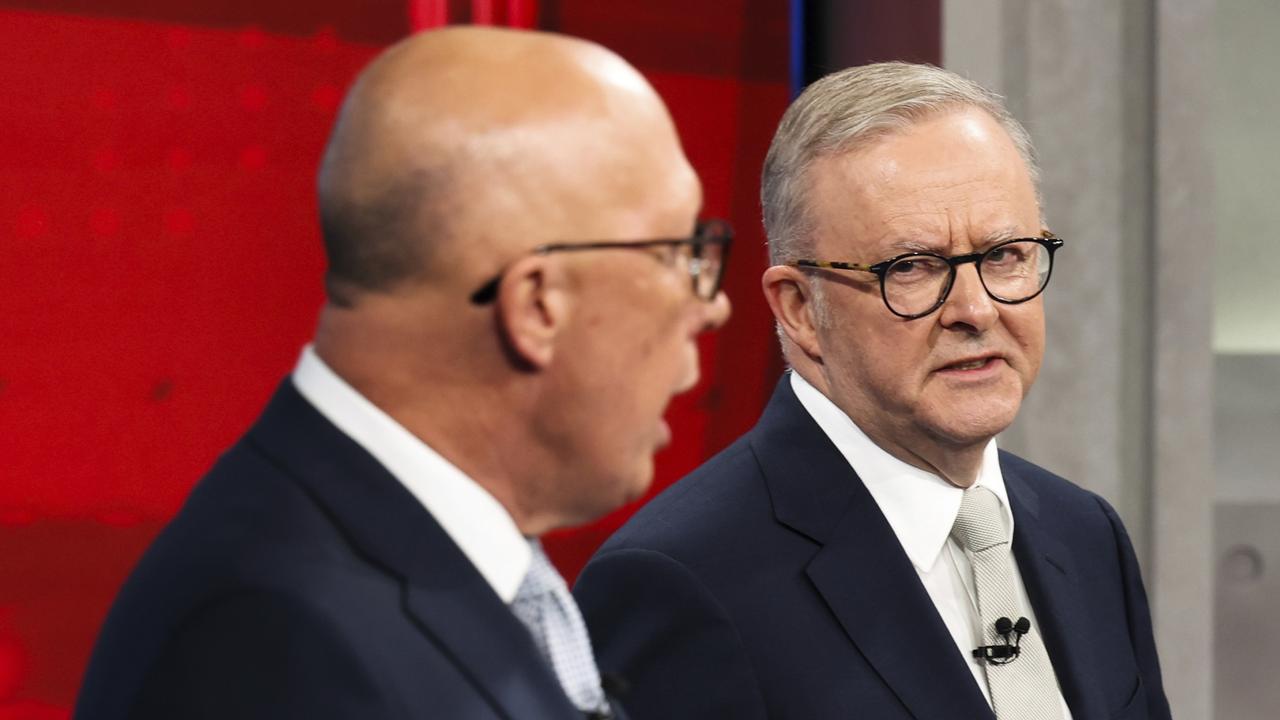Close the Gap and a new dawn awaits Indigenous people

Today marks one year since Australians voted on whether to change the Constitution to include an Indigenous voice to parliament. I was heartened by the more than six million Australians and large proportion of Indigenous Australians who voted yes.
I remain proud that the Albanese government delivered on Anthony Albanese’s election night commitment to the Uluru Statement from the Heart, and our promise to First Nations people to take the voice to a referendum. And I respect the wishes of the Australian people and the democratic system that allows us all to have a say and be part of big decisions. In the year since the vote, I’ve been moved by the resilience of First Nations people, despite the deep hurt still felt by many. As a government, we remain committed to the principles of truth-telling and Makarrata.
But as Minister for Indigenous Australians, I don’t want to see Indigenous affairs weaponised, as was the case during the referendum campaign. As minister, I am determined to move forward so that one day we can be a country where First Nations people have the same opportunities for a happy, healthy life as their fellow Australians.

The most recent Closing the Gap data shows we still have a long way to go. Too many Indigenous Australians are still experiencing unacceptable outcomes when it comes to housing, health, education, employment and justice. First Nations communities continue to experience disadvantage, characterised by high rates of poor health, poverty, crime, incarceration and, overwhelmingly, a general lack of empowerment. If we want to end this disadvantage once and for all, we need to work differently.
Since becoming minister, I have been meeting with my colleagues across the parliament to seek a bipartisan and multi-party approach to Closing the Gap – and to find common ground in Indigenous Affairs.
The weaponising of Indigenous issues has been confronting for many families across the country, and what we say as political leaders matters. It’s why I strive to work in partnership as well with First Nations organisations, and state, territory and local governments, so we can bring about lasting positive change.
The National Agreement on Closing the Gap is a common accord between us all. It’s a commitment from all Australian governments and the Coalition of Peaks, representing more than 80 Aboriginal and Torres Strait Islander community-controlled peak organisations and 800 member organisations, and demonstrates a marked shift in the way governments work to achieve lasting change for First Nations people.
The National Agreement sets out four Priority Reforms that have been directly informed by First Nations people: ensuring policies and programs are created and delivered in partnership with First Nations people; building the community-controlled sector; transforming mainstream institutions, and; sharing data and information.

If we implement these things well, we can improve life outcomes for First Nations people.
While the latest Closing the Gap data indicated only five of the 19 targets are “on track”, it is heartening to see progress being made in a further five targets in areas such as housing, youth engagement and further education pathways. Far more needs to be done but I am optimistic we can make a difference if we back up our commitments with firm action.
Like our new Remote Jobs and Economic Development Program that will create real jobs with better conditions for remote communities. Like our 10-year agreement with the Northern Territory government, designed to halve overcrowding in Aboriginal communities.
Like our National Commissioner for Aboriginal and Torres Strait Islander Children and Young People. Like our commitment to deliver 30 dialysis units for First Nations peoples in regional and remote Australia with end-stage kidney disease. Like the largest commitment to justice reinvestment ever delivered by the commonwealth. Improvements in these areas will make a fundamental difference to the lives of First Nations peoples.
The morning after the referendum, my husband woke us and announced: “Sunday is Yes day.” True to his word everything the girls asked for was answered in the affirmative. How many ice creams, lollies and play rides they had, I lost count. But the smiles on their faces gave me hope for their future and the future of all First Nations children.
Malarndirri McCarthy is Minister for Indigenous Australians and Senator for Northern Territory.






“Mum, why would Australia say no to us having a voice?” my nine-year-old asked. It was referendum night and the No votes were coming in across the country on the television broadcasts. I hugged my daughter and said: “A lot of Australians want us to have a voice, it was just not enough Australians. It will take a while to understand why, but hey, we get up tomorrow and we keep going, my daughter. There’s always another sunrise.”